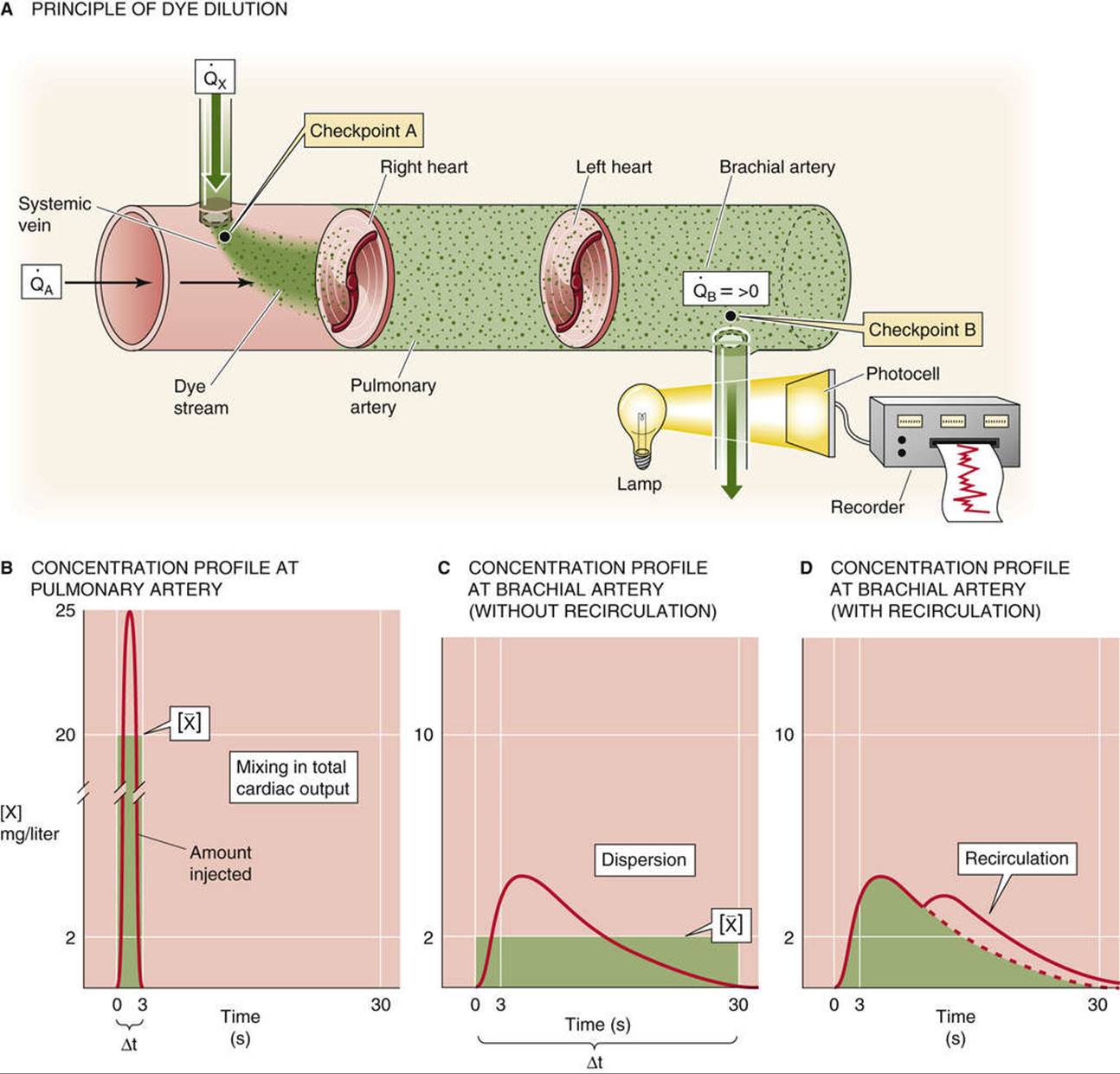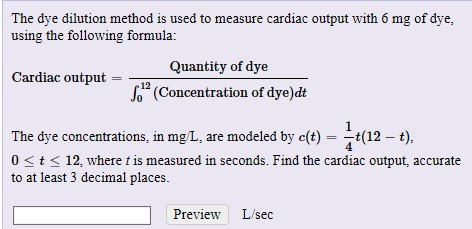Everything about Dye Dilution
Wiki Article
The Main Principles Of Dye Dilution
Table of ContentsThe Of Dye DilutionThe Facts About Dye Dilution UncoveredNot known Details About Dye Dilution Dye Dilution Can Be Fun For AnyoneThe 2-Minute Rule for Dye DilutionWhat Does Dye Dilution Mean?
0 m, L will be comprised of water. Requirement service # 2 need to have an 80% focus of color. The original concentration of the dye solution was 4. 0 x 10-6 M, what is 80% of this quantity? Increasing the original concentration by 80% yields the concentration of the diluted service.0 x 10-6 M * 0. 8 = 3 (Dye Dilution). 2e-6). The focus of the 80% remedy is 3. 2e-6 M dye. Criterion solution # 3 should have a 60% concentration of dye. In a 10 m, L service, exactly how much color would this be? Due to the fact that the focus of color is 60%, the 10 m, L of the 10 m, L vial contains 0.
In the color volume computation, we see that a 60% option resulted in 6. 0 m, L of dye being added to the vial. In the 60% soution, the 10 m, L volume is made up of 6.

The Dye Dilution Diaries
0 x 10-6 M * 0. 6 = 2. 4e-6). The focus of the 60% service is 2. 4e-6 M color. Requirement solution # 5 must have a 20% focus of color (Dye Dilution). In a 10 m, L remedy, just how much dye would this be? Due to the fact that the concentration of dye is 20%, the 10 m, L vial ought to consist of 0.0 m, L dye. You can likewise conceptually consider this dilution as 2 parts dye and also 8 components water. In the color quantity estimation, we see that a 20% remedy caused 2. 0 m, L of color being contributed to the vial. If the total quantity is 10 m, L, just how much of the solution should be water? In the 20% soution, the 10 m, L volume is consisted of 2.
0 m, L will be comprised of water. Standard solution # 5 should have a 20% focus of dye. The original concentration of the color option was 4. 0 x 10-6 M, what is 20% of this amount? Multiplying the initial focus by 20% produces the focus of the diluted remedy.
The variety of departments that can be measured is only restricted by the dynamic series of the discovery system as well as the fidelity of the way the color is shared. The procedures used are really basic and also well developed. Normally you stain your cells and afterwards boost them somehow the success, or otherwise, of the stimulus is determined by the variety of division heights after a defined amount of time.
The smart Trick of Dye Dilution That Nobody is Talking About
But if you likewise want other details, such as expression of a marker, then there will need to be a choice regarding which various other colors can be used (just like all circulation cytometric experiments!). Lipophilic dyes (PKH dyes; Cell, Vue Cherry) bind to lipids in the cell membrane layer and also are typically used to label cells for cell tracking experiments.SUMMARY: Building on what was discovered in Easy DILUTION, trainees will figure out the finest dilution technique to address a dilution problem. Students are given an unknown dye remedy and asked to determine its focus by contrasting it with standards they produce. Duplicated Clicking Here "serial" dilutions will certainly be required browse this site to establish accurate focus readings.
In this experiment the pupils make use of the tools they found out to fix a slightly more difficult issue. The pupils will have a much wider shade strength range to work with, due to the very focused nature of the dyes.
7 Simple Techniques For Dye Dilution
Make sure they have several shades, so they are compelled to make a selection. Too high a focus and also the trainees might think they have actually resolved the issue also conveniently.This laboratory can be messy! Distribute materials and one unknown per group Instruct trainees that: a) They are to identify the concentration of the unidentified to the highest precision feasible (Think that the dye in the food shade containers is 100%.) b) Their grade relies on the precision of their answer, their thinking, and preservation of sources.
Serial dilutions will certainly require to comply with. They may talk among themselves and with other groups. This is not a competitors. They can all get A's or all obtain F's GO! Answer no inquiries of a technical nature up until everybody is done. Do not give out any even more dye or materials during the experiment.


The Facts About Dye Dilution Revealed
Taking a look at the color choices of dye, they select the red color as being the closest to the color of the unidentified. Opening up the dye container they note that there is just a little quantity of color to use as well as it only comes out in drops. As an experiment, 2 declines are included to 10ml of water and blended.(They attempt one decline also, yet this is still as well extreme) They make a decision that both drop option can be used as a beginning factor to make go to these guys additional dilutions. 1 decrease = 0. 05ml so 2 drops = 0. 1 ml. 0. 1ml/10ml = 0. 01 or a 1% focus of the stock color container.
0%, 0. 6%, 0. 4%, 0.
2% is picked as the "brand-new stock" and is watered down utilizing the simple dilution technique to the computed worths of: 0. 2%, 0. 08%, 0.
Dye Dilution Can Be Fun For Everyone
15%, 0. 10% 0. 04% as well as 0.They spend the remainder of the period laying out their lab reports with each other. Each student presents their part of the process and goes over the issues as well as services. (Each pupil may be needed to transform in a separate laboratory record, however they are enabled to review possible designs and also what must be consisted of.) As you can see from the above scenario, cautious document maintaining as well as math are extremely important to successful completion of this lab.
Just how did you pick the dilutions that you utilized? Using one decline of concentrated dye, exactly how much water would you have to add to water down the color to the concentration of the unknown? How dilute a remedy is it possible to mix and still identify above the blank?
Report this wiki page